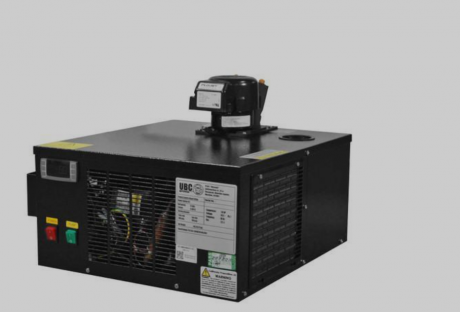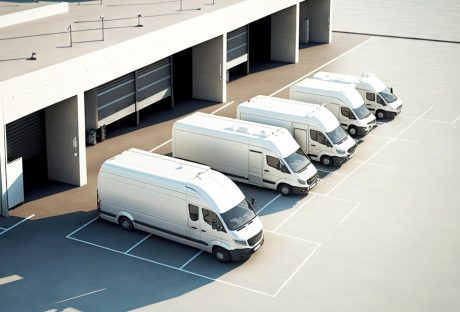Navigating the job market, especially in the field of accounting, can be a challenging task. In such instances, accounting recruitment agencies serve as invaluable resources, connecting employers with qualified candidates and assisting job seekers in finding suitable roles.
These agencies are pivotal in maximizing opportunities for employers and accounting professionals, streamlining the hiring process with expertise and efficiency.
Expertise In Industry Knowledge And Trends
One of the primary advantages of utilizing an accounting recruitment agency is their in-depth knowledge and understanding of the industry. These agencies specialize in accounting and finance roles, possessing insights into market trends, industry demands, and specific skill sets employers seek.
Leveraging this expertise, they match candidates with positions that align not only with their qualifications but also with the evolving needs of employers, ensuring a better fit for both parties.
Access To A Diverse Network Of Opportunities
Accounting recruitment agencies have access to a vast network of employers and job opportunities that may not be publicly advertised. They often have relationships with numerous companies, including small firms, multinational corporations, and specialized accounting practices.
This broad network grants job seekers access to many job openings that align with their career aspirations and expertise. It expands their options beyond what may be available through traditional job searches.
Streamlined Job Search Process
Partnering with an accounting recruitment agency streamlines the job search process significantly. These agencies act as intermediaries, simplifying the application and hiring process for candidates.
They assist with resume optimization, offer interview guidance, and provide insights into company cultures and job requirements. It helps candidates to present themselves more effectively to potential employers.
Customized Career Guidance And Support
An accounting recruitment agency offers personalized career guidance and support tailored to the needs of job seekers. They assess candidates’ skills, qualifications, and career goals, offering advice on professional development, skill enhancement, and potential career paths.
This personalized approach helps candidates refine their career objectives and strategically navigate the job market.
Temporary And Permanent Placement Options
These agencies offer diverse placement options, catering to candidates seeking both temporary and permanent positions.
For those exploring contract or temporary work in accounting, these agencies provide opportunities to gain experience. One must also get exposure to various industries and the potential for full-time employment.
Simultaneously, they assist candidates in securing permanent roles that align with their long-term career objectives.
Negotiation Support And Offer Guidance
During the hiring process, an accounting recruitment agency provides invaluable assistance in negotiating offers and navigating the intricacies of employment terms.
Their experience handling negotiations helps candidates secure competitive compensation packages, benefits, and other employment terms. Thereby ensuring a mutually beneficial arrangement for both the candidate and the employer.
Conclusion
In the competitive landscape of the accounting profession, partnering with an accounting recruitment agency is a strategic move. This maximizes job seekers’ and employers’ opportunities.
These agencies, equipped with industry expertise and extensive networks, offer a streamlined job search experience. They also offer personalized support and access to diverse career opportunities.
By leveraging the resources and guidance provided by accounting recruitment agencies, individuals can enhance their prospects, advancing their careers within the dynamic realm of accounting and finance.
Additional:























All Comments
keto ACV weight loss Gummies
Pretty! This has been a really wonderful post. Many thanks for providing these details.